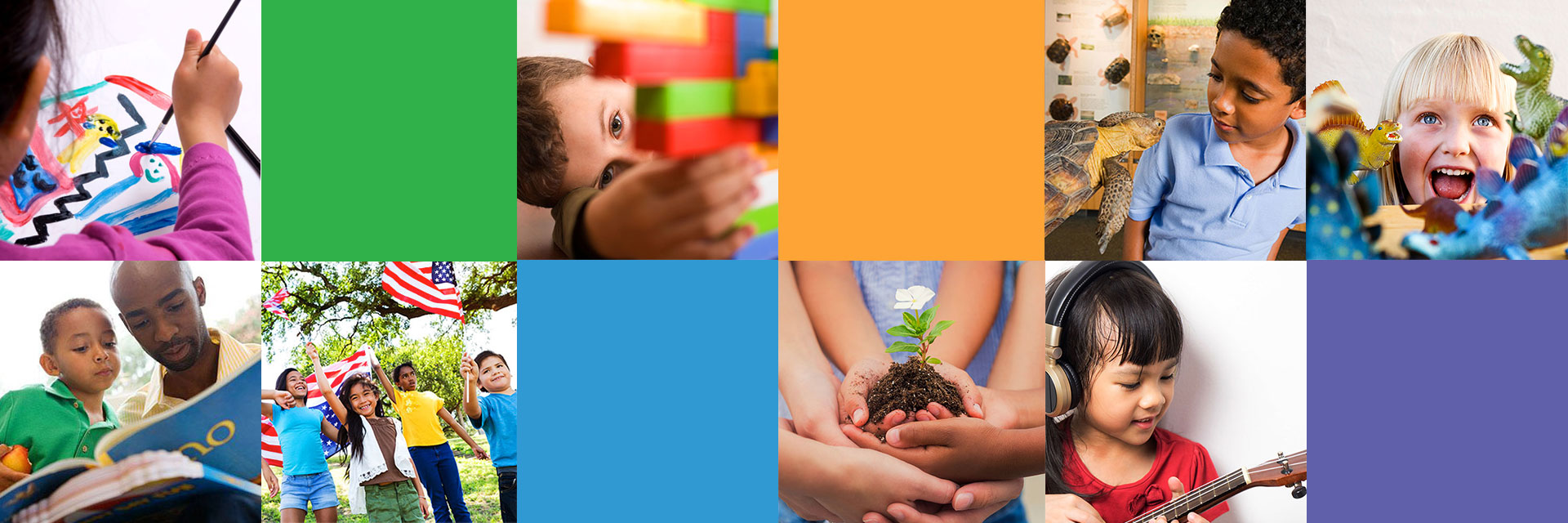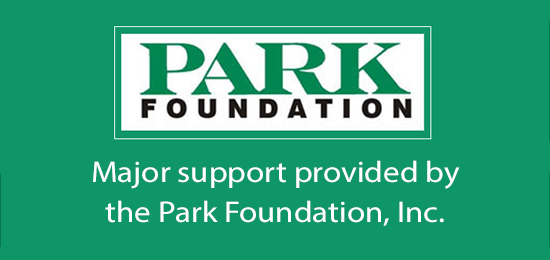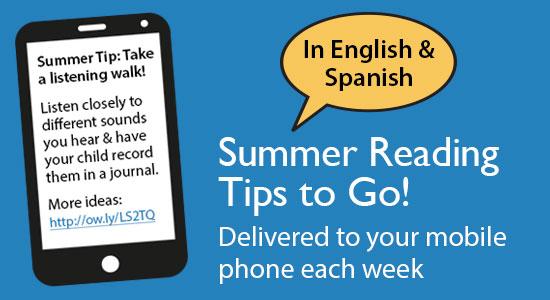Well I had a dog and his name was Lou
Betcha five dollars he's a good dog too
Old Lou!
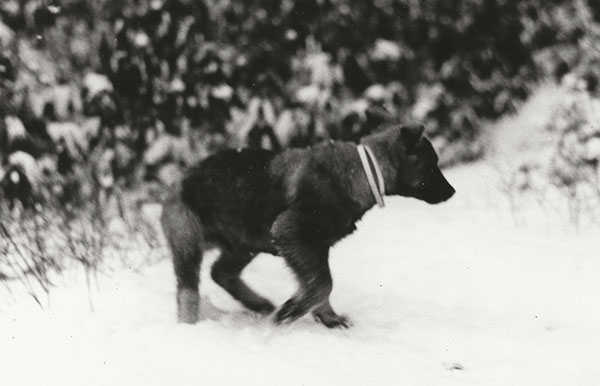
Growing up, that was my family’s version of the traditional ballad Old Blue. Lou, short for Hairy Lou, was the first dog we ever had, and he was a good dog too. We all shared in the loving and caring of Lou and he loved us back. And while I remember the fun and satisfaction of racing Lou on my bike, romping in the snow with my brother and Lou, and all of us curling up in front of the woodburning stove together, I realize now that one of Lou’s greatest gifts was that he inspired the storyteller in each of us.
Once we got Lou, we got to hear lots of stories about the adventures my parents had with their own dogs when they were young. My brother would tell us all the many — let’s just say interesting — things he and Lou would get up to exploring under the house, in woods, and along the road. And for me, Lou was willing to play any part he was cast in when we played hotel, castle, ship, or island on the rocky outcrop near our house. Lou stimulated our conversations and our imaginations.
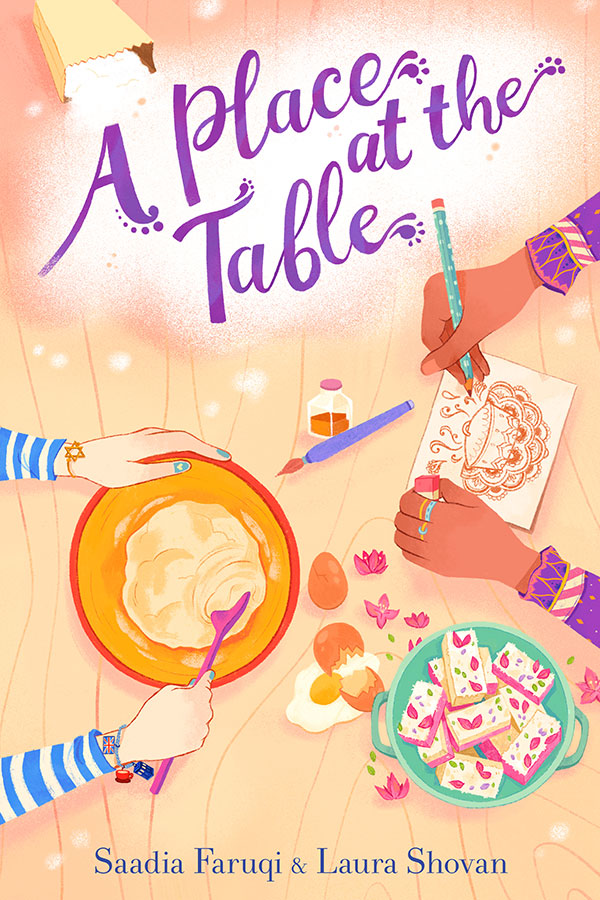
Pets can inspire in countless ways. When author Laura Shovan shared with me that her two dogs had important cameos in her last two middle grade novels, I had to have her share more about how they inspire her! Laura's debut middle grade novel, The Last Fifth Grade of Emerson Elementary, won several awards, including NCTE 2017 Notable Verse. Her novel Takedown was selected by PJ Our Way and Junior Library Guild, and was on the ALA’s Amelia Bloomer list of feminist books.
Her most recent book is A Place at the Table, co-written with author/activist Saadia Faruqi.
Laura is a longtime poet-in-the-schools in Maryland. She likes to knit, bake, and doodle robots. And, of course, spend time with her dogs.
December 1, 2020
Pawesome Muse by Laura Shovan
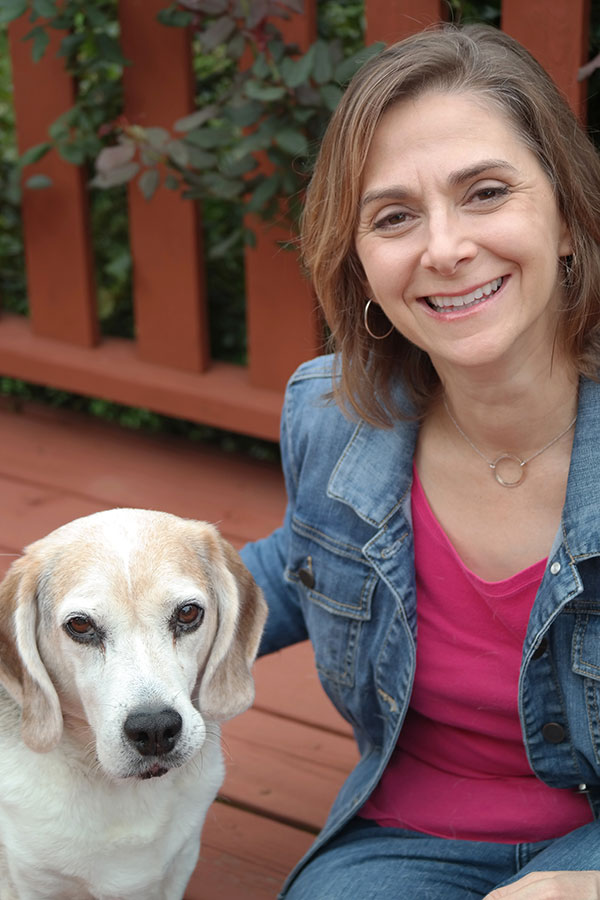
I remember my first pet. I was in fourth grade. My friend Trudy walked up to our classroom chalkboard one winter morning and wrote out the news we’d all been waiting to hear. Trudy’s cat Pearly May had kittens!
I promised my parents that if I adopted a kitten, I’d take good care of it. That’s how a gray tabby became my BFF — best furry friend.
During the Covid-19 pandemic, people are adopting animals at such a high rate that shelters and rescues have waiting lists. While we quarantine at home, missing friends and family, pets are a source of comfort and friendship, especially for children.
Even before 2020’s pet craze, children’s books have reflected the special bond between kids and creatures. Let’s look at three different ways young readers can integrate literacy skills with their love of animals.
First up, reading!
Whether it’s Charlotte’s Web, Because of Winn Dixie, or Fenway and Hattie, the child–animal bond is a beloved theme in middle grade fiction. Both of my dogs — Sam the Schnauzer and Rudy the Beagle — have appeared in my novels.
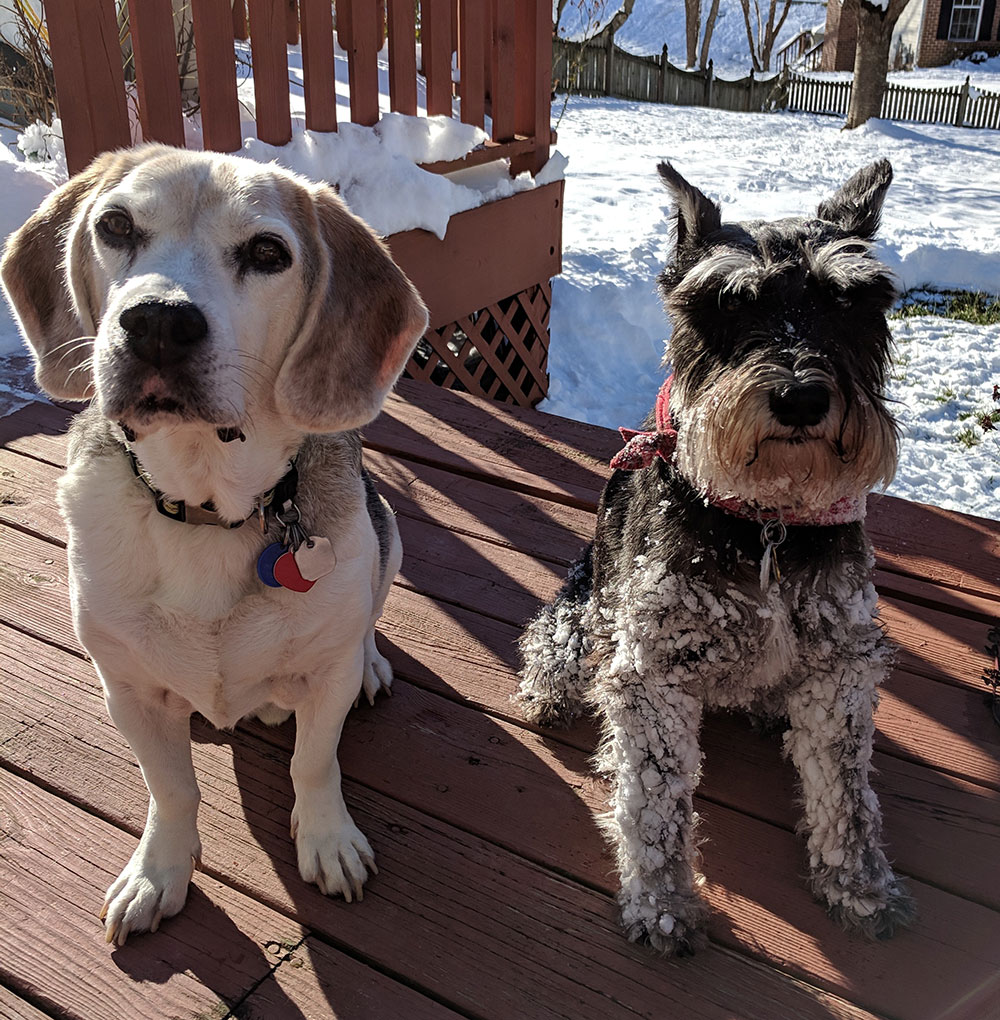
There are several reasons why an author might “give” their main character a pet.
- Kids can talk to pets without fear of judgement. When a child needs to express vulnerability, a dog or cat can be a safe listener.
- Some pets sense when a child is angry, sad, or disappointed and provide comfort.
- Pets can meet sensory needs, whether it’s the calming effect of petting a cat, or the energy that comes from running around with a dog.
When I include a pet in a story, it’s not just to give my dogs a cameo. Authors use animals to reflect the main character’s personality or state of mind.
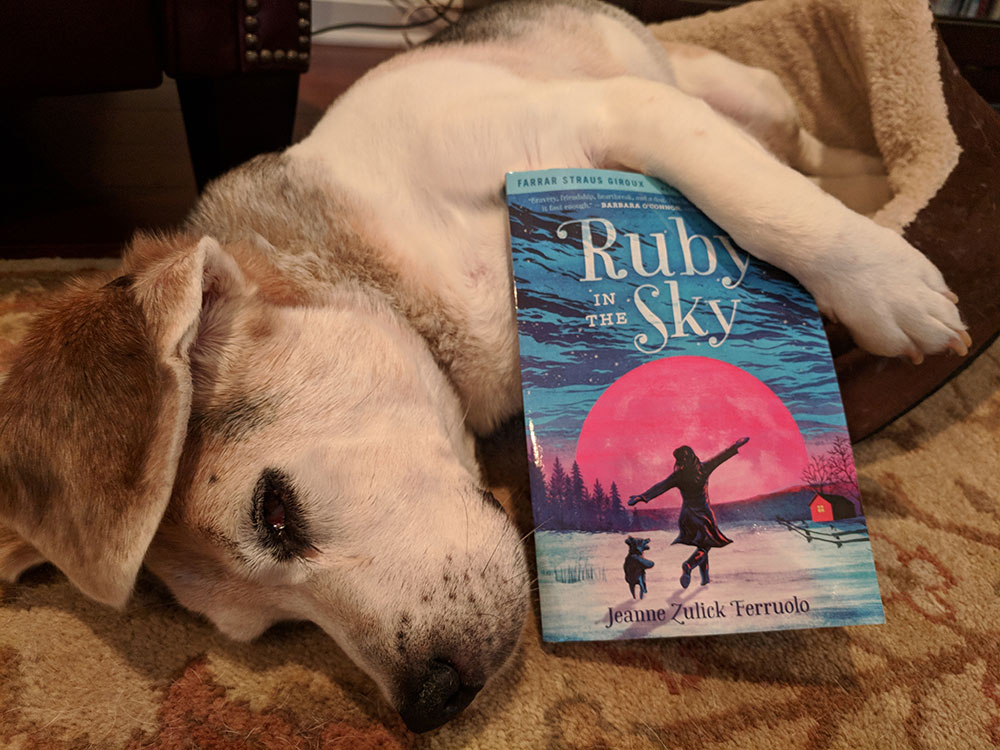
My middle grade novel Takedown is about two young wrestlers, Lev and Mickey. Lev has a beagle named Grover. Like my Rudy, Grover is content to sit around, snuffle for food, and take an occasional stroll. He represents Lev’s reluctance to shake things up by standing up for Mickey, the first girl to join Lev’s wrestling team. The moment in the story when Lev goes on a run, leaving Grover behind, there is a deeper meaning. Lev is ready to stop being content with things as they are and be a change-maker.
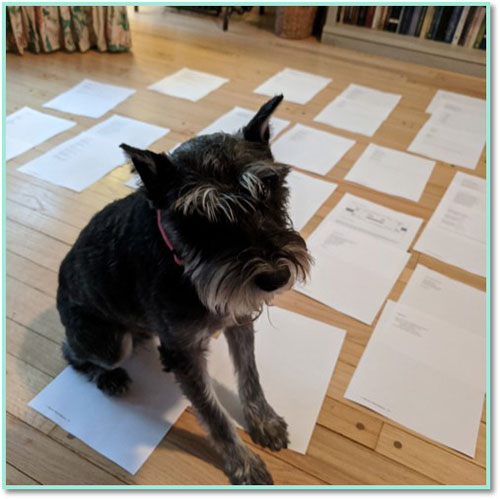
Of course, I couldn’t leave Sam out! He appears as Elizabeth Shainmark’s schnauzer, Robin Hood, in A Place at the Table. In this novel about the friendship between two girls who are both first generation American, Robin Hood is an anxious dog. He jumps at new people and barks at every strange sound. In this way, Elizabeth’s pet reflects her feelings of upheaval as her family copes with big changes.
Do you have a favorite book about a kid and their dog? Instead of doing a character study of the protagonist, try writing out the personality traits of the main character’s pet. Are the adjectives you listed similar to how you’d describe the main character?
Next up ... writing!
The second way that kids can practice their animal and literacy skills is through writing. Poetry is perfect for a quick-write. Here are two pet-poem options.
Funny Habits
Does your pet have a funny habit? Describe their behavior in a few lines. I’ve been doing yoga at home this year. Guess who thinks he’s my yoga partner?
Yoga Dog
Your mat rolls out
like a big pink tongue.
I wag and strrretch.
Come on! Come on!
It's yoga time.
Let's greet the sun.
Human and dog,
we breathe as one.
Acrostic Poem
Write your pet’s name down one side of a page (one letter on each line). Use each letter to come up with an adjective about your BFF.
Want to challenge yourself? Instead of your pet’s name, create an acrostic using a word that describes your animal. See if you can tell a little story starring your pet.
Sam’s Schnauzer Acrostic
Marvelous mustache
Under my snout.
Silky gray beard
That makes me stand out.
A little black nose,
Champion sniffer.
Hey! I just found —
Ew — your missing slipper.
Volunteer!
My third suggestion for combining love of animals with literacy skills is to get involved. Many communities have programs where kids read to canine ambassadors. This spring, The Washington Post reported that groups like People Animals Love have shifted to online sessions, with children reading to therapy dogs via Zoom.
Reading to shelter dogs led young activist Halley Vincent to start a non-profit, Paws Up KC, that raises money for animal welfare organizations. I follow Halley on Instagram because she’s a positive model for kids who want to get involved in animal rights.
Whatever books are on your TBR, enjoy snugging up with your BFF and sharing a happy tail. I mean tale!

